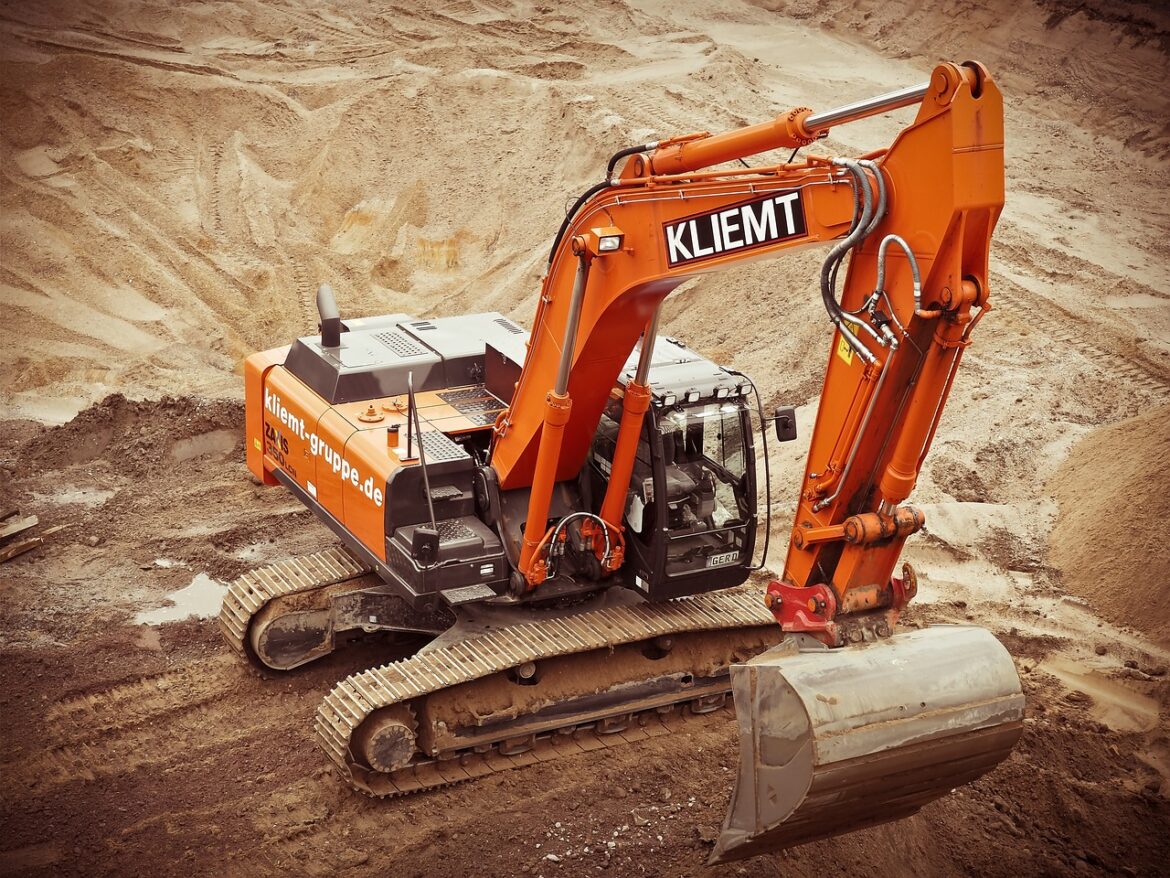In 2025, the construction industry isn’t just building taller or faster—it’s building smarter and greener. Companies worldwide are stepping up to the plate on sustainability, and it’s not just about checking boxes for certifications. It’s about real change, real savings, and real-world stories. Here’s how leading firms are making a difference this year, sharing the blueprint for a more sustainable future—one brick and one byte at a time.
1. The Circular Economy Comes to Construction Sites It used to be that demolition meant bulldozers and dump trucks carting away endless piles of rubble. But in 2025, recycling and reusing building materials is the new normal. The circular economy is alive and well at construction sites across the globe. Instead of tossing old steel, wood, and concrete into the trash, companies are reclaiming, cleaning, and repurposing these materials for new projects. This isn’t just eco-friendly—it’s a smart business move, reducing waste and trimming costs. Picture a site where every beam, panel, and pipe gets a second (or third!) life.
2. Shift to Electric and Hybrid Machinery: Cleaner, Quieter, Smarter Diesel fumes have long been the calling card of construction sites. But this year, businesses are ditching them for electric and hybrid models. These modern machines are quieter, emit less CO2, and—in many cases—are even more powerful than their diesel counterparts. Contractors love them because they help companies reduce their carbon footprint and create healthier environments for workers. Some project managers say it’s like swapping out an old school bus for a Tesla—better for the planet, and better for the people inside.
3. Robots and Autonomy: The Future Workforce Robots aren’t just for the movies anymore. In 2025, autonomous vehicles and robotic machines are taking on tasks that used to be handled by humans. This isn’t about replacing jobs, but about making construction safer, faster, and more efficient. Drones survey sites, robotic arms lay bricks, and self-driving trucks haul materials. It’s a new era where technology tackles the tough, dangerous, or repetitive work, letting human teams focus on creative problem-solving. The result? Fewer accidents, happier workers, and projects that finish on time and on budget.
4. Green Materials and Smart Design: The Next Generation of Buildings Sustainable building materials aren’t just a fad—they’re essential. Companies are turning to recycled steel, reclaimed timber, and engineered wood solutions like never before. These materials are strong, light, and—most importantly—good for the planet. Green roofs, which help insulate buildings and boost biodiversity, are popping up on everything from office towers to schools. Self-healing concrete, a new kid on the block, repairs its own cracks and lasts longer, cutting down on maintenance headaches and costs. The message is clear: the future of construction is built on materials that give back to the environment.
5. Digital Tools and ERP Software: The Brains Behind the Build Behind every great build is a great team—and in 2025, that team often includes digital assistants. Enterprise Resource Planning (ERP) software is becoming the backbone for construction firms big and small. These digital platforms handle everything from project management to procurement, invoice tracking, and logistics. They’re like a Swiss Army knife for builders, making it easy to track resources, reduce waste, and stay on schedule. Plus, smart scheduling means less idling, less overuse of machinery, and a smoother, greener workflow. Some companies are even using digital dashboards to track their environmental metrics—think of it as a Fitbit for construction sites, keeping real-time tabs on energy use and carbon outputs.
Bonus: Resilience Is the New Black There’s a growing push for buildings to not just be green, but to be tough—ready for whatever nature throws at them. In the face of more frequent storms and rising temperatures, construction firms are working on materials and designs that can take a punch and keep standing. From high-performance concrete to smart building layouts that use less energy and are less likely to suffer damage, resilience is becoming a core part of the sustainability conversation. Buildings like Torre Diana in Mexico are leading the way, aiming for top resilience scores and showing what’s possible when sustainability meets durability.
The Bottom Line In 2025, corporate sustainability in construction isn’t about making headlines—it’s about making a difference. Whether it’s by reusing materials, switching to electric machinery, embracing robotics, choosing greener materials, or using smarter digital tools, companies are transforming the way we build. For employees and leaders alike, the message is clear: sustainability is good for business, good for people, and good for the planet. The future of construction is already here—and it’s greener, smarter, and more resilient than ever.
References:
- https://www.worldconstructiontoday.com/pressreleases/5-green-construction-trends-for-2025-how-technology-is-leading-the-way/
- https://gbc-engineers.com/news/sustainable-building-materials
- https://readylogic.co/the-future-of-construction-project-management-trends-to-watch-beyond-2025/
- https://bamni.co.uk/2025/06/04/stay-ahead-of-your-competitors-construction-trends-for-2025-and-beyond/
- https://gbdmagazine.com/resilience-in-sustainable-building/
- https://www.hok.com/news/2025-06/hok-designs-continue-to-advance-carbon-neutral-goals-well-ahead-of-2030-timeline/
- https://news.ufl.edu
- https://www.businesswire.com/news/home/20250603154974/en/Homes-and-Buildings-Industry-Outlook-2025-Increasing-Demand-for-Technology-Solutions-Smart-Home-Solutions-Sustainable-Climate-Control-Systems-and-Data-driven-Building-Optimization-Strategies—ResearchAndMarkets.com



